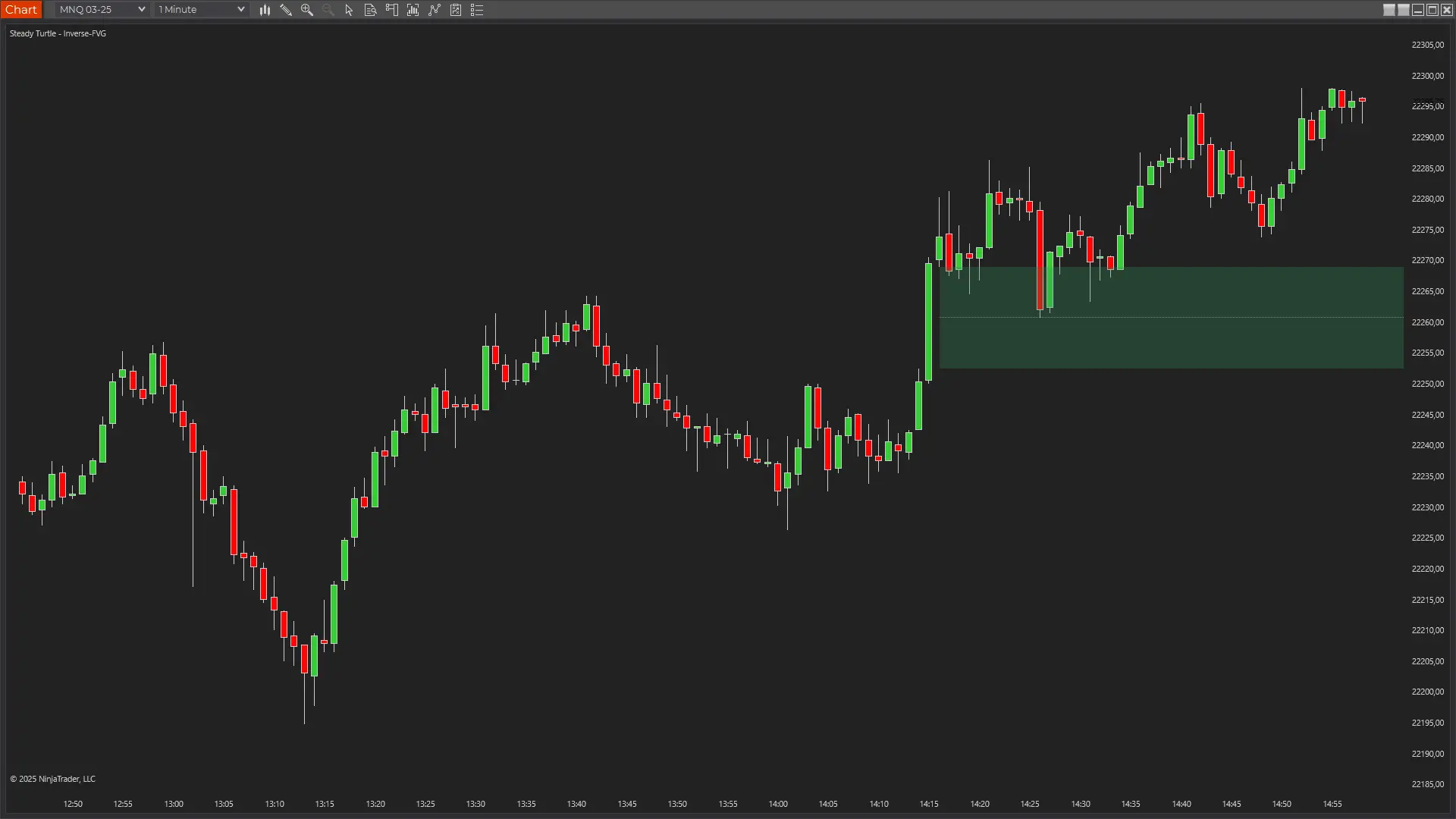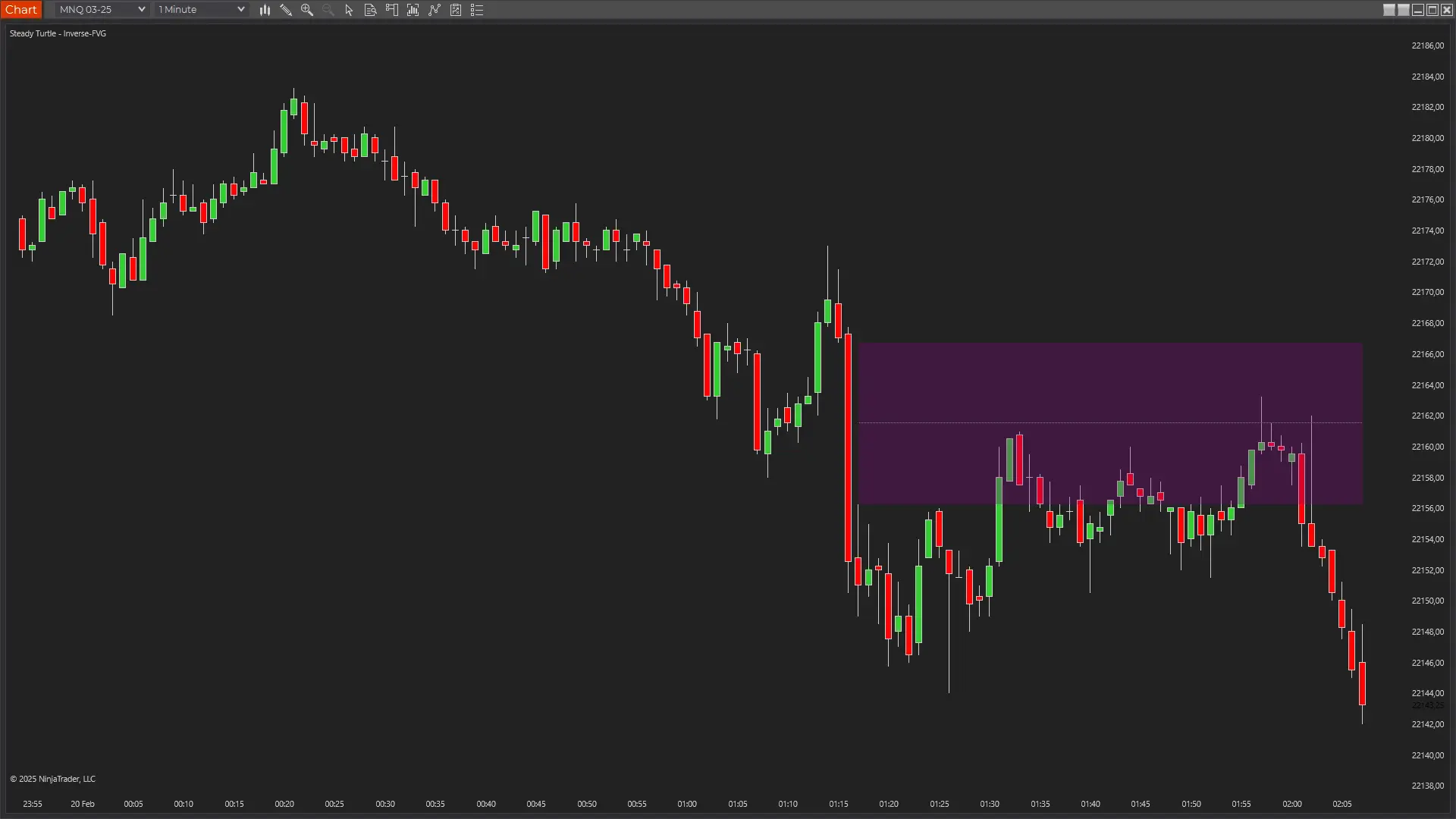Trading Fair Value Gaps: Strategies for Consistent Profits
Mastering Institutional Price Action Patterns - Part 3 of 5
You've learned what Fair Value Gaps (FVGs) are and how to spot them—now it's time to turn that insight into profit. Trading FVGs isn't about guessing; it's about leveraging institutional inefficiencies with disciplined strategies. In this article, we'll explore proven setups for entering, exiting, and managing risk around FVGs. Whether you're a futures scalper or a swing trader, these tactics will help you capitalize on institutional footprints with confidence.
Core FVG Trading Strategies
Here are three high-probability setups to trade FVGs effectively, rooted in ICT principles.
Strategy 1 FVG Retest Entry
Wait for price to return to an FVG after a breakout. Enter when it retests the gap's edge, using a limit order at the high (bullish) or low (bearish) of the gap, confirmed by a rejection candle.
Strategy 2 FVG Breakout Pullback
Trade the initial breakout from an FVG, then wait for a pullback to the gap's midpoint. Enter on a momentum candle with volume confirmation, targeting the next key level.
Strategy 3 FVG Confluence with Order Blocks
Combine FVGs with nearby order blocks for extra conviction. Enter when price reacts at the FVG within an order block, using the block's edge as your stop-loss zone.
These strategies work best when aligned with the broader trend—use higher timeframes to filter your setups.
Managing Risk Around FVGs
Profit comes from strategy, but survival comes from risk management. Here's how to protect your capital when trading FVGs:
Stop-Loss Placement
Place stops just beyond the FVG's opposite edge—below the low for bullish gaps, above the high for bearish gaps—to avoid premature exits from market noise.
Position Sizing
Risk no more than 1-2% of your account per trade, adjusting lot size based on the stop distance to maintain consistency.
Tight risk control turns FVGs from opportunities into a sustainable edge.
Trading FVGs in Action
Let's see these strategies applied to real charts:
Bullish FVG Trade Setup

Price retests a bullish FVG, rejects, and rallies—entry at the gap's high, stop below the low.
Bearish FVG Trade Setup

A bearish FVG breakout pulls back, then drops—entry at the midpoint, stop above the high.
These examples show how FVGs guide precise entries and exits.
Conceptual Takeaways
- Trade FVGs with retests or breakouts for high-probability setups.
- Boost conviction by pairing FVGs with order blocks and trend direction.
- Manage risk with tight stops and disciplined sizing.
Next, we'll explore the psychology behind FVGs to master the mental game of trading.
Master the Mindset?
Continue with Part 4: Fair Value Gap Psychology.
Enhance Your Trading with Pro Tools
Simplify institutional analysis with our NinjaTrader 8 indicators, like the Inverse FVG Indicator. Team them up with our knowledgebase for a smarter, more confident trading approach.
Explore the Indicators